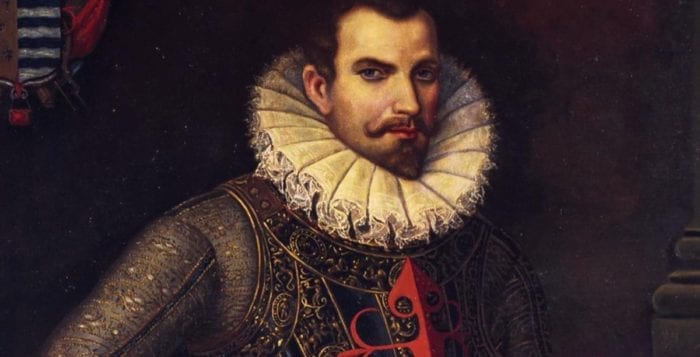By Leah S. Dunaief

Anniversaries sometimes bring out interesting tidbits of history. One such anniversary involves events that happened 500 years ago. In September 1519, Hernán Cortés met the ruler Montezuma II in what was the Aztec capital city of Tenochtitlán that is now Mexico City. Records tell us that Cortés was greeted cordially, in part because his arrival happened to coincide with Aztec expectations of a god returning right at that time. To the Aztecs, the Spanish — 500 strong, with their pale skins, guns, canons and horses — must indeed have seemed godlike. The indigenous people had never before seen horses, nor had they any familiarity with gunpowder. Montezuma sent out envoys to meet the newcomers and welcome them to the city.
The Spanish conquistadors, for their part, had different intentions, as we know from elementary school history. For them it was the Age of Exploration. Christopher Columbus had shown the way in 1492, and young Cortés, bored studying law in Salamanca, western Spain, was eager to follow in those footsteps.
So who was Hernán Cortés?
He was born into a noble but not wealthy family in 1485 and was smart and ambitious. The original intention of the explorers was to find a passage to the Far East, from which they could bring back nutmeg, cloves, pepper and cinnamon, the spices so desired by Europeans. But Cortés wanted to explore the New World to seize more land for Spain and ultimately convert the natives in the Americas to Catholicism even as he plundered their gold, gems and made himself rich. The landscape in the 16th century was dramatically changing, with Afro-Eurasian trade connecting a global economy. Opportunity existed for acquiring great wealth.
In 1504, Cortés set sail for Hispaniola — now Haiti and the Dominican Republic — where he became a notary and farmer. In 1511, he joined Diego Velásquez on an expedition to conquer Cuba, where he eventually became the equivalent of mayor of Santiago. Then he persuaded Velásquez to enable a voyage to Mexico, and despite an order at the last minute canceling the trip, he set sail with 11 ships, 500 men and 16 horses, and landed in the Yucatán Peninsula, on the east coast of Mexico, in 1519.
He was, by all accounts, astounded by the gruesome rituals and human sacrifices he saw there, and he replaced pagan idols with crosses and figures of the Virgin Mary. Like so many of the other conquistadors, he regarded the natives as inferior culturally, technologically and religiously. When he encountered resistance in a place called Tabasco, he overpowered the opposition and was given, among other prizes, 20 women slaves.
One was La Malinche, who became an important figure in his life and in his eventual success in conquering Montezuma, for she was able to learn languages and translated Mayan and Aztec for him after she learned Spanish. She also bore him a son, one of the first children of mixed heritage. However, when eventually his wife joined him in Mexico from Spain, Cortés appears not to have acknowledged either his mistress or son.
The rest, as we know, is history. Cortés went on to conquer the Aztecs, with the help both of some of the dissident tribes the Aztecs ruled and smallpox, against which the natives had no immunity. An estimated 3 million indigenous people fell victim to the disease. Cortés sacked the sophisticated capital city and began rebuilding Mexico City on its ruins. Although he was eventually appointed governor of New Spain, he was removed from power by Spanish King Charles I in 1526. Cortés went on to discover Baja, California, in the 1530s. His first wife had died in 1522 and he remarried, fathering several children along the way. Ultimately he returned to Spain, where he died in 1547 in his early 60s, frustrated and embittered that he had not received the recognition and rewards he felt he was owed.
Another anniversary this week, the 80th, is of when Germany marched into Poland and launched the Second World War. But that is another tale.





